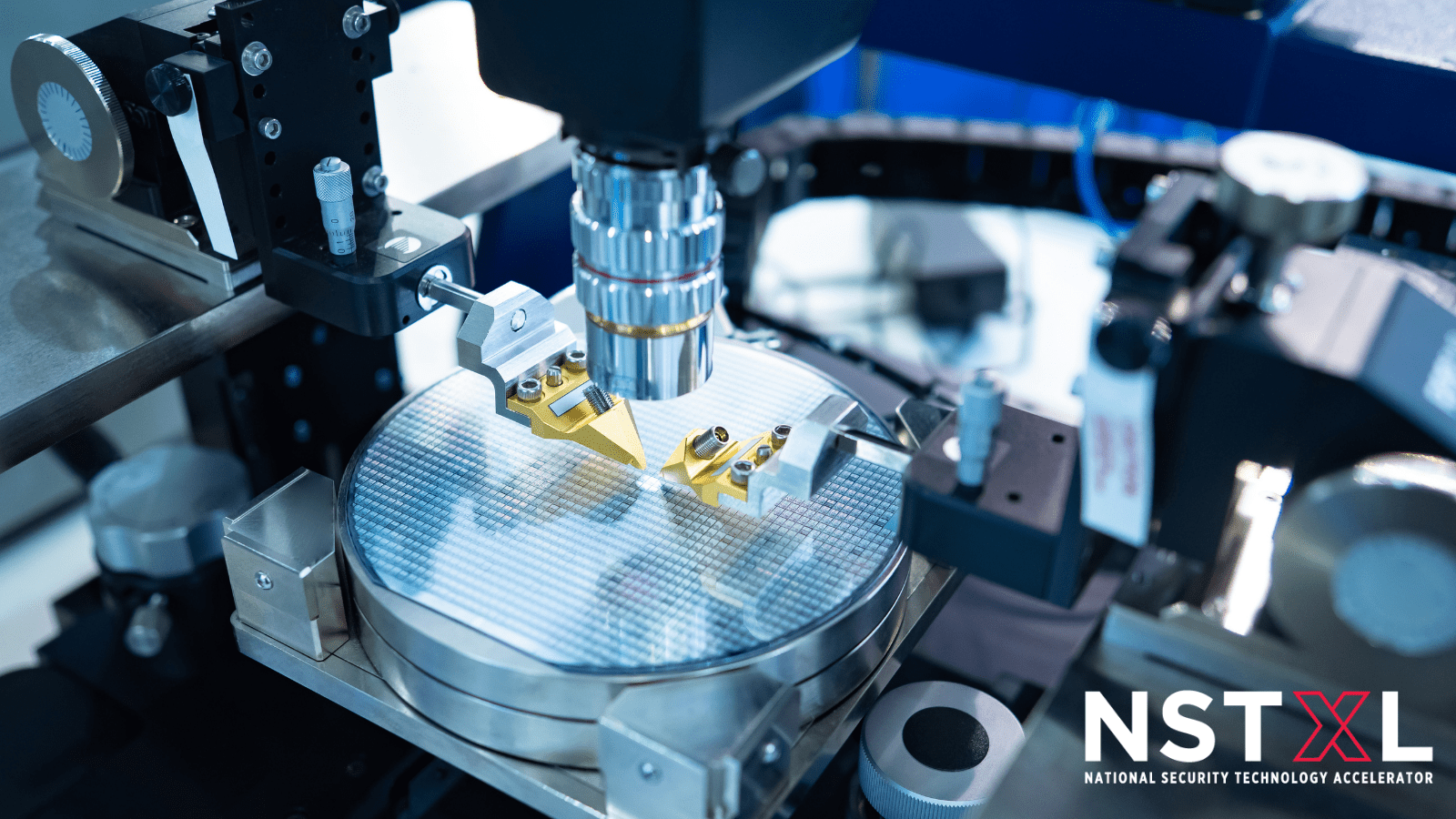Strengthening Electronic Reliability Through Radiation Hardening
March 9, 2022

Electronic components are crucial to U.S. DoD’s objectives, and their dependability is critical to every mission. Any damage or malfunction to even one electronic component can be detrimental.
A Challenge Born From Space Innovation
As we become increasingly focused on space innovation, the reliability of these electronics is vital. The volatile temperature changes, extreme velocities, and radiation emitted by cosmic rays exponentially increase the probability of damage or malfunction. Once they leave Earth’s atmosphere and are ejected into space, repairing them is nearly impossible. That is why creating durable electronics that can withstand the harsh environment of space is no small feat.
Building Resiliency in Electrical Components
Radiation hardening is the process of manufacturing electrical components to be more durable against radical environments. Radiation-hardened (rad-hard) components are more resilient to extreme temperatures and less susceptible to radiation damage, greatly increasing the longevity and reliability of these essential microelectronics.
The drawback is these very specialized microelectronics are extremely expensive due to the complexity of the rad-hard process along with the limited resources available to facilitate the process. Although considerable progress has been made since rad-hards inception in the 1960’s, in order to balance the demand and supply scale, major developments to rad-hard technology are imperative.
Collaboration That Supports Innovation
Solving these challenges in a silo is not realistic. Without collaboration across industry and government, we won’t see quick enough advancement to rad-hard.
To address this gap, the DoD and Sandia National Laboratories founded the Hardened Electronics and Radiation Technology (HEART) conference and established the non-profit HEART society.
In response to the mounting demand for rad-hard technology and radiation hardened electronics (RHE) this year’s HEART conference will be critical. In a recent Xcel event cohosted by Dr. Sarah Armstrong, HEART Society’s Steering Committee Chair, and Director of Joint Hypersonics Transition Office Systems Engineering Field Activity at Naval Surface Warfare Center, she stated that “The HEART conference is able to connect innovators while identifying future technical gaps to more efficiently expedite improvements to these components.”
Connecting RHE innovators not only drives the DoD’s push for secure microelectronics, this technical alignment is also the leading way to advance a technology that is central to protecting contested space domain.





